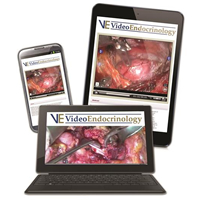Abstract
The aim of the study was to re- evaluate the current bacteriological profile of chronic suppurative otitis media and to know their antibiotic sensitivity pattern to commonly used antibiotics. To provide a guideline for empirical antibiotic therapy when culture facilities are not available. Observational study. Patients who presented to Ear, Nose and Throat department with chronic or recurrent ear discharge and on clinical examination found to have actively discharging ears were selected. Patients who did not receive antimicrobial therapy (topical or systemic) for the last 7 days were included. Out of the 106 ear swabs processed, bacterial growth was found in 100 samples (94.33%), while 6 samples (5.66%) showed no growth. The results revealed Pseudomonas aeruginosa as the most isolated bacteria (49%), followed by Staphylococcus aureus (18%). Antibiotic susceptibility—Pseudomonas aeruginosa was sensitive to Cefoperazone–Sulbactam (96%), Imipenem (82%), Piperacillin–Tazobactam (82%), Amikacin in 82% and Gentamicin (76%). It was found that Pseudomonas was sensitive to Ciprofloxacin in only 57% of the cases. Staphylococcus aureus isolates were sensitive to Vancomycin in 90%, Gentamicin in 81%, Clindamycin in 72%, and Erythromycin in 45%. It was found that 100% of the isolates were resistant to Ciprofloxacin. Our findings highlight the importance of continuous and periodic evaluation of microbiological pattern and antibiotic sensitivity of isolates in chronic suppurative otitis media patients to decrease the potential risk of complications by early institution of appropriate treatment.
from #Head and Neck by Sfakianakis via simeraentaxei on Inoreader https://ift.tt/2Sw65nJ
